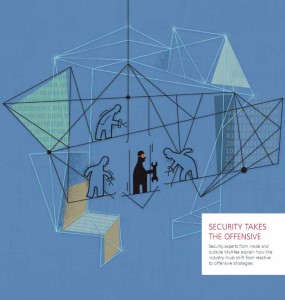Anti-virus Products Struggle Against Exploits
Roughly half of the exploits tested were exact copies of the first exploit code to be made public against the vulnerability. NSS also tested detection for an equal number of exploit variants, those which exploit the same vulnerability but use slightly different entry points in the targeted system’s memory. None of the exploits used evasion techniques commonly employed by real-life exploits to disguise themselves or hide from intrusion detection systems.
Among all ten products, NSS found that the average detection rate against original exploits was 76 percent, and that only three out of ten products stopped all of the original exploits. The average detection against exploits variants was even lower, at 58 percent, NSS found.






